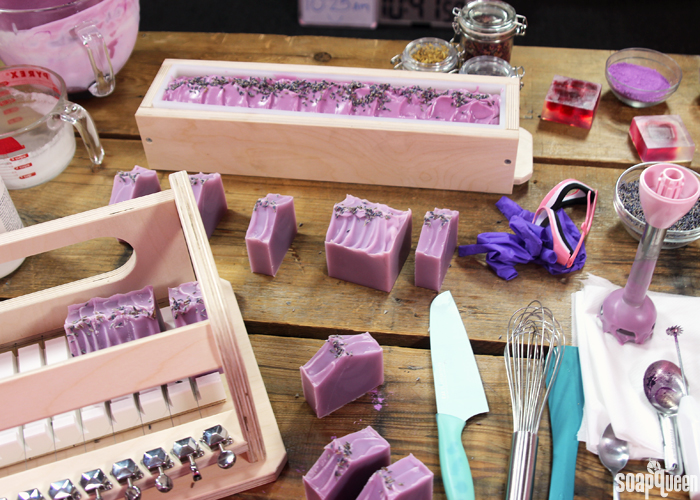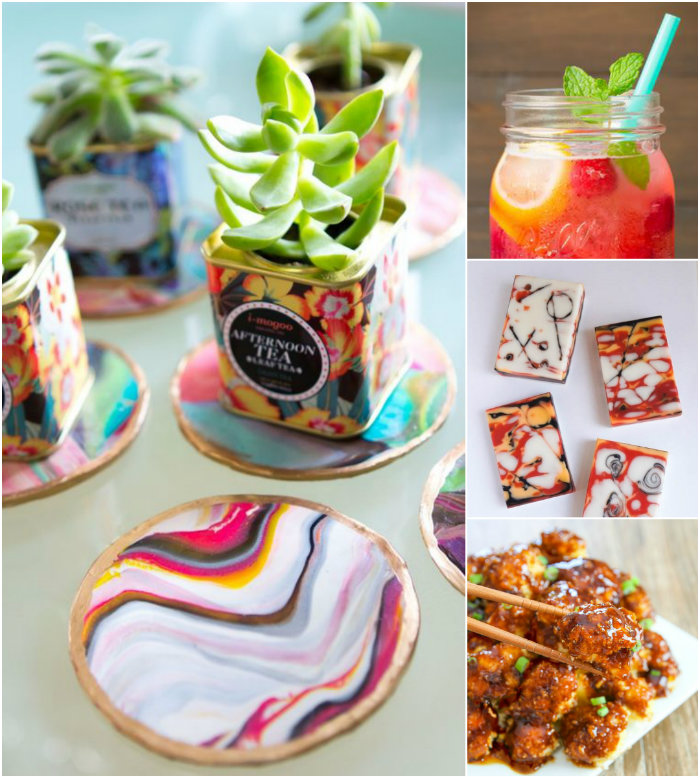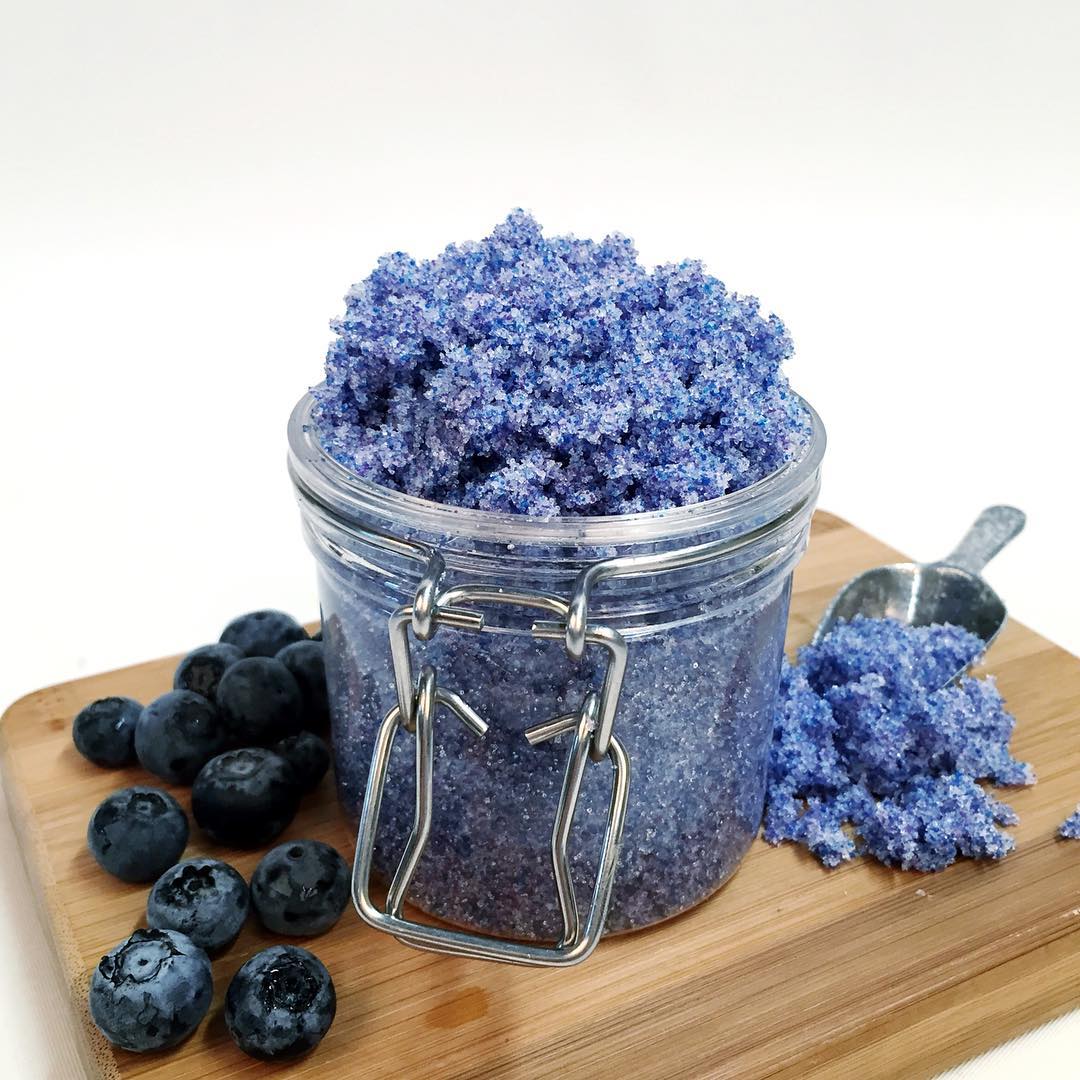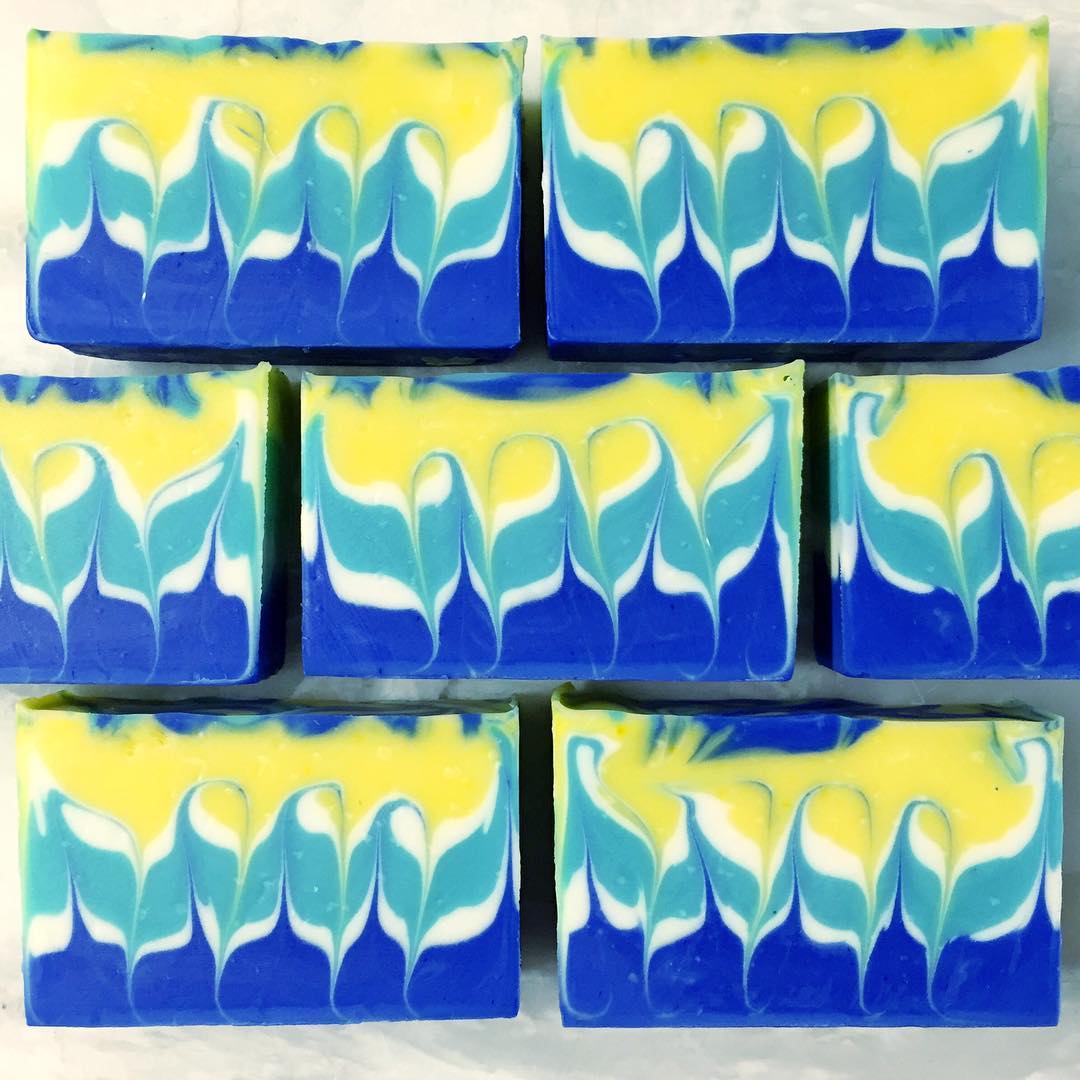This week the blog featured several Mother’s Day gift ideas, including the Heavenly Lilac Bath Truffles. They come with a free printable gift label. The truffles are colored with Party Pink Mica and Lavender Mica. The Lilac Fragrance Oil and rose petals complement the soft pink hue. The recipe also has cocoa butter and shea butter to help moisturize the skin.
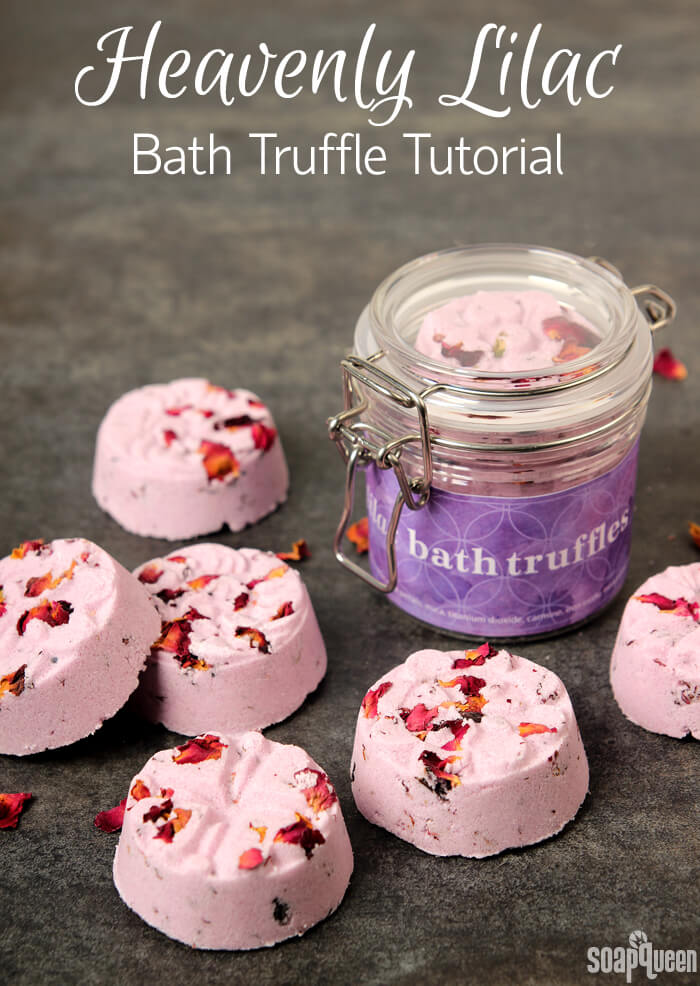
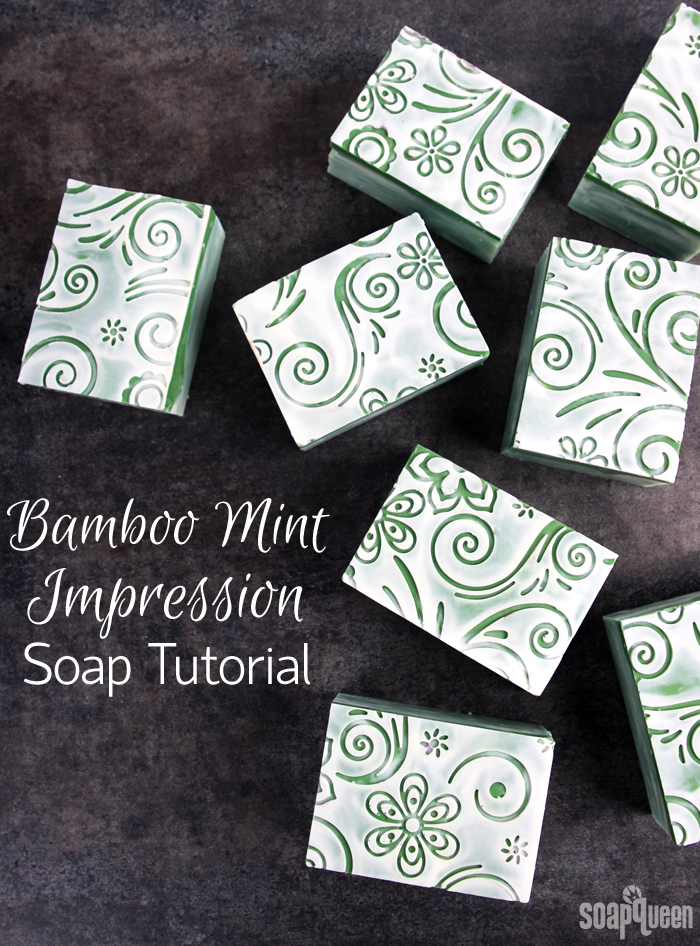
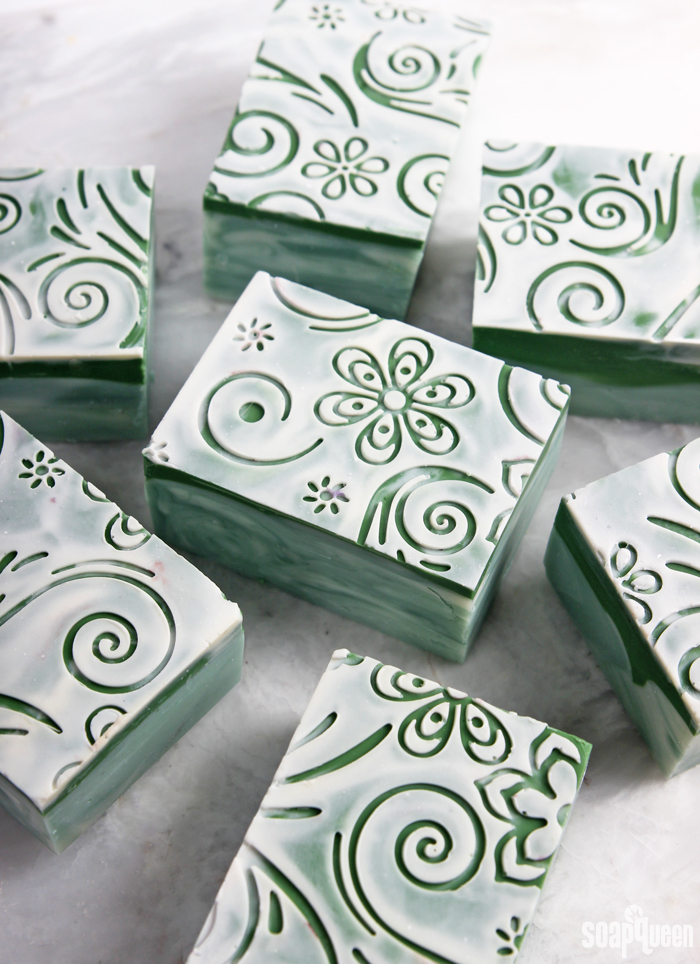
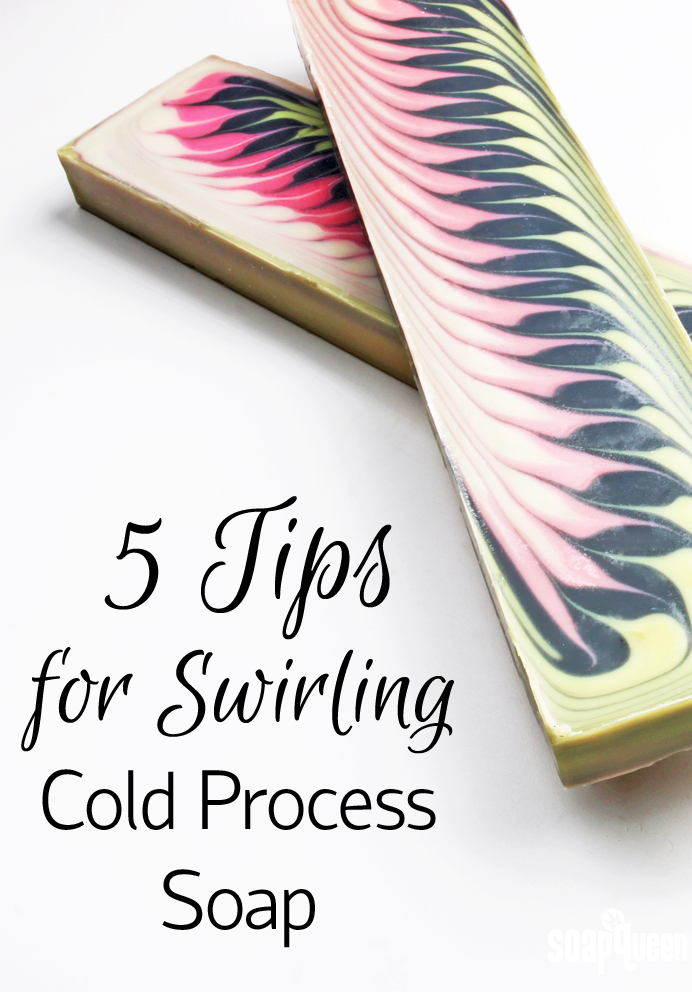
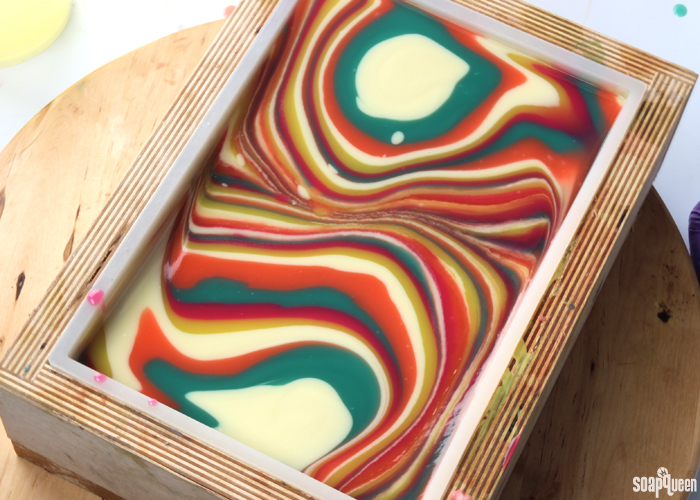
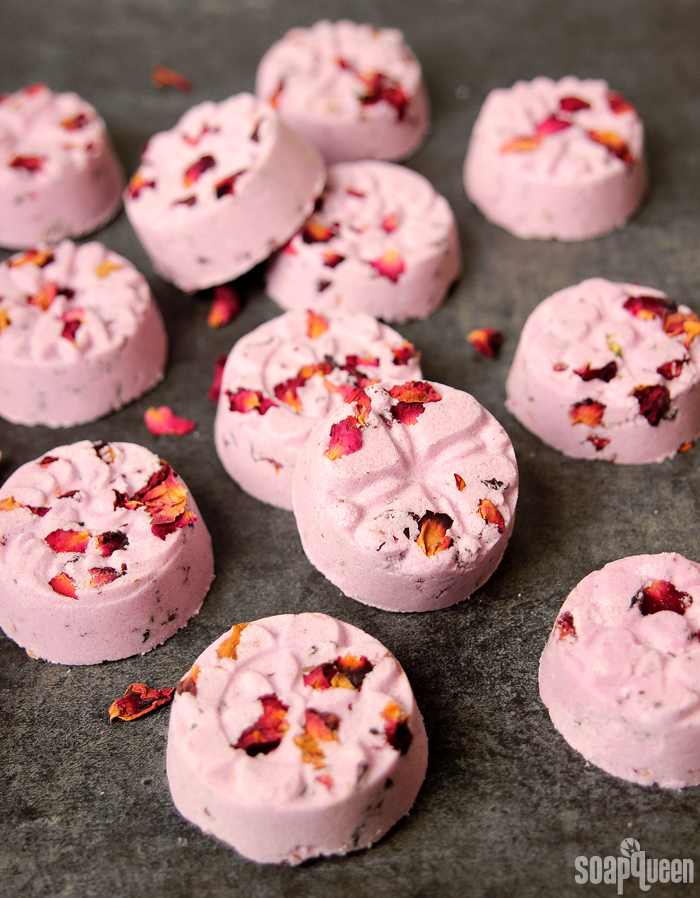
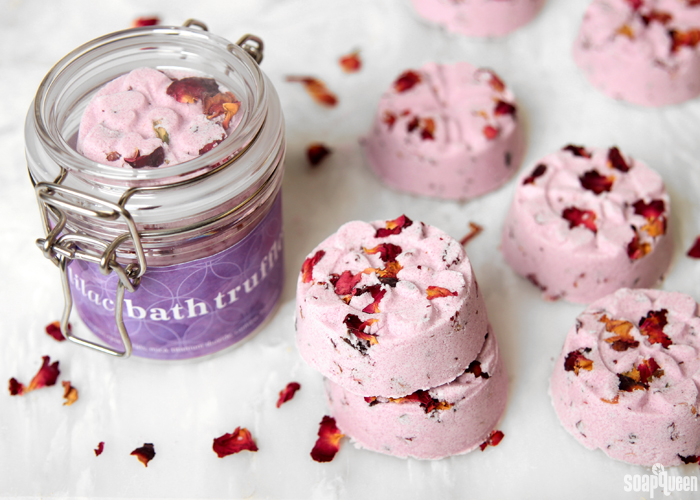
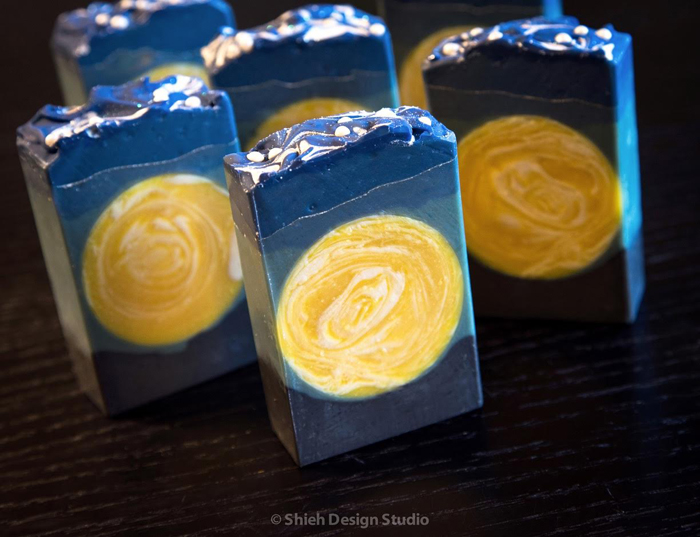 Emily’s gorgeous Honey Moon Soap,
Emily’s gorgeous Honey Moon Soap, 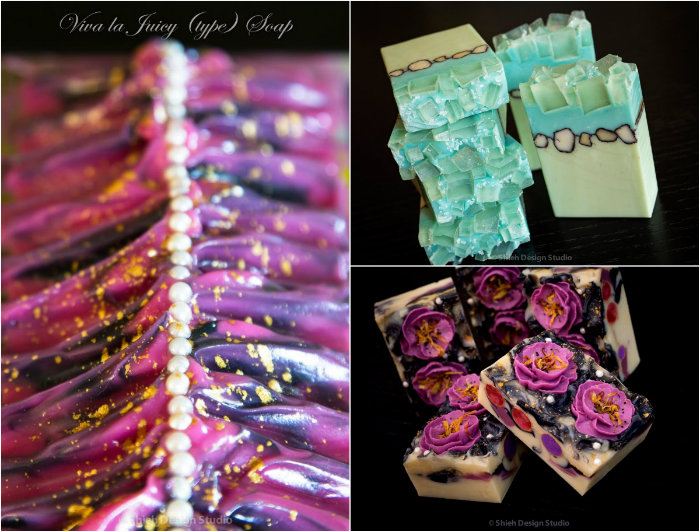 Left to right, clockwise:
Left to right, clockwise: 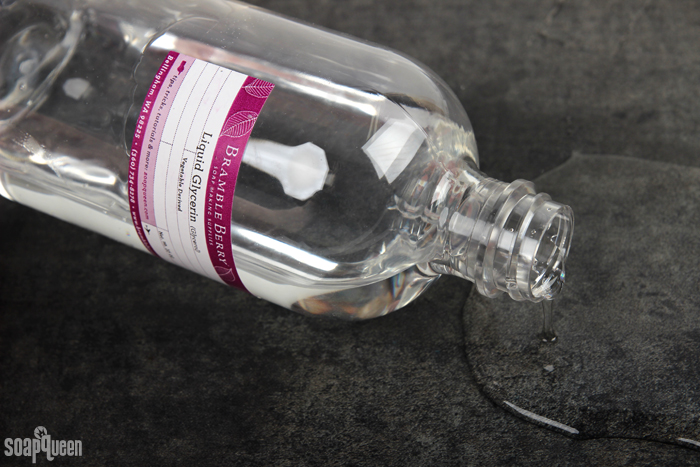
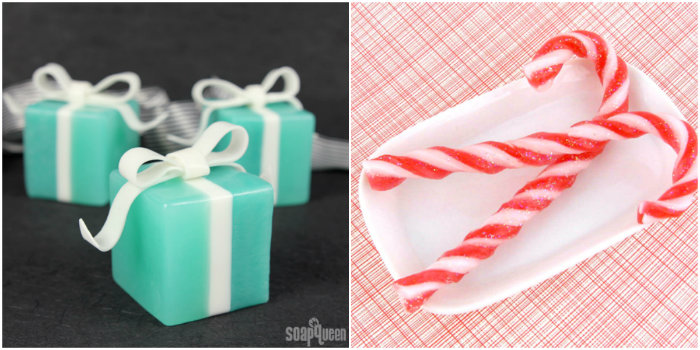 Left to right:
Left to right: 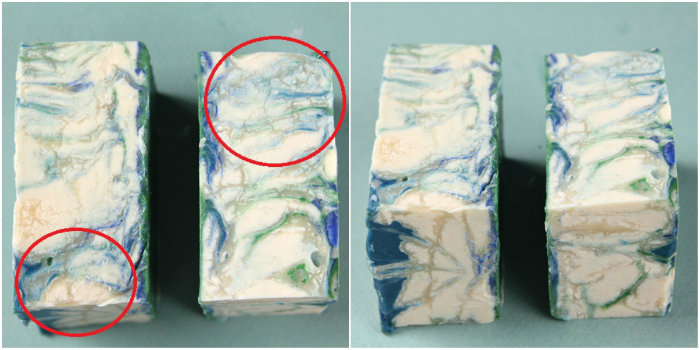 When cold process soap gets hot, the glycerin can congeal into “glycerin rivers.”
When cold process soap gets hot, the glycerin can congeal into “glycerin rivers.” I’m super excited about our upcoming creative projects. Be on the lookout next week for a bath truffle tutorial, as well as a cold process soap made with one of the
I’m super excited about our upcoming creative projects. Be on the lookout next week for a bath truffle tutorial, as well as a cold process soap made with one of the 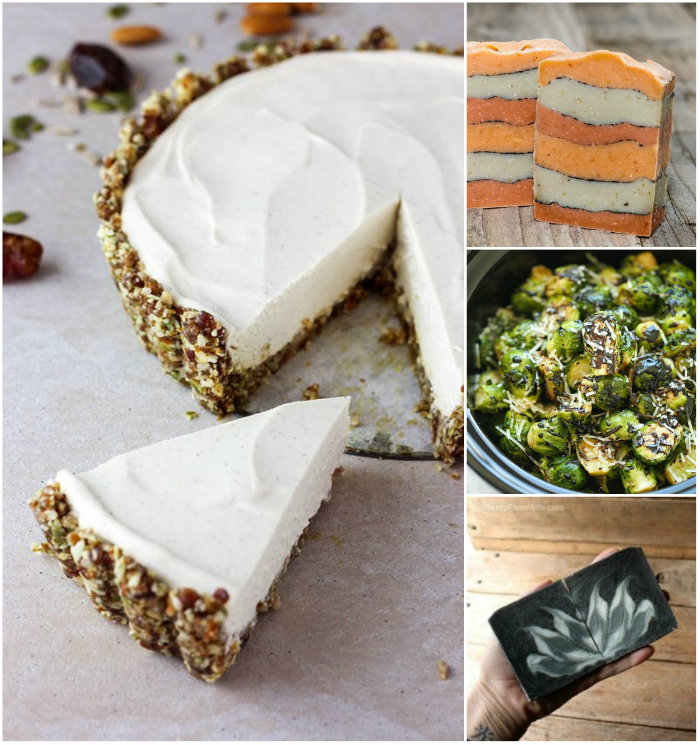
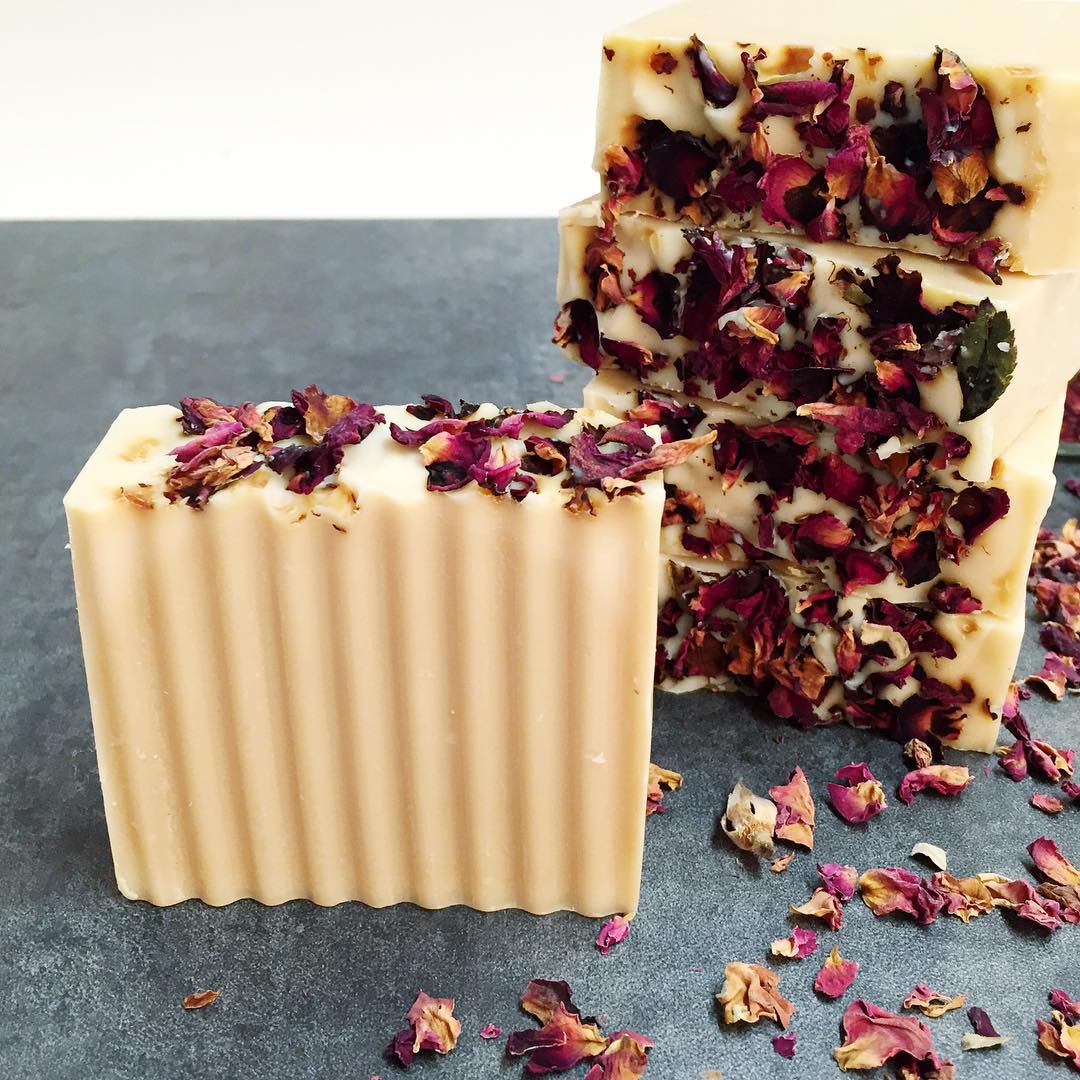
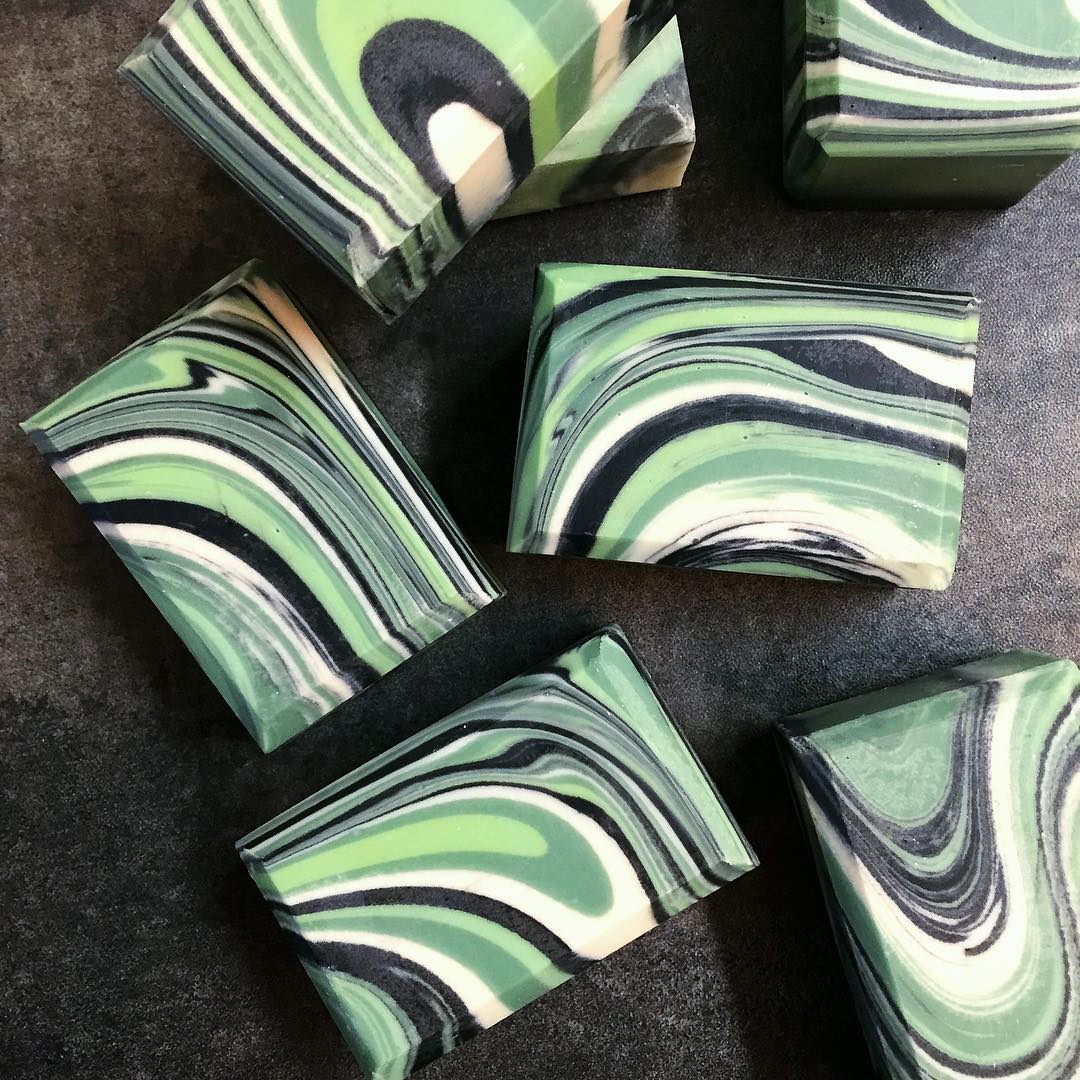
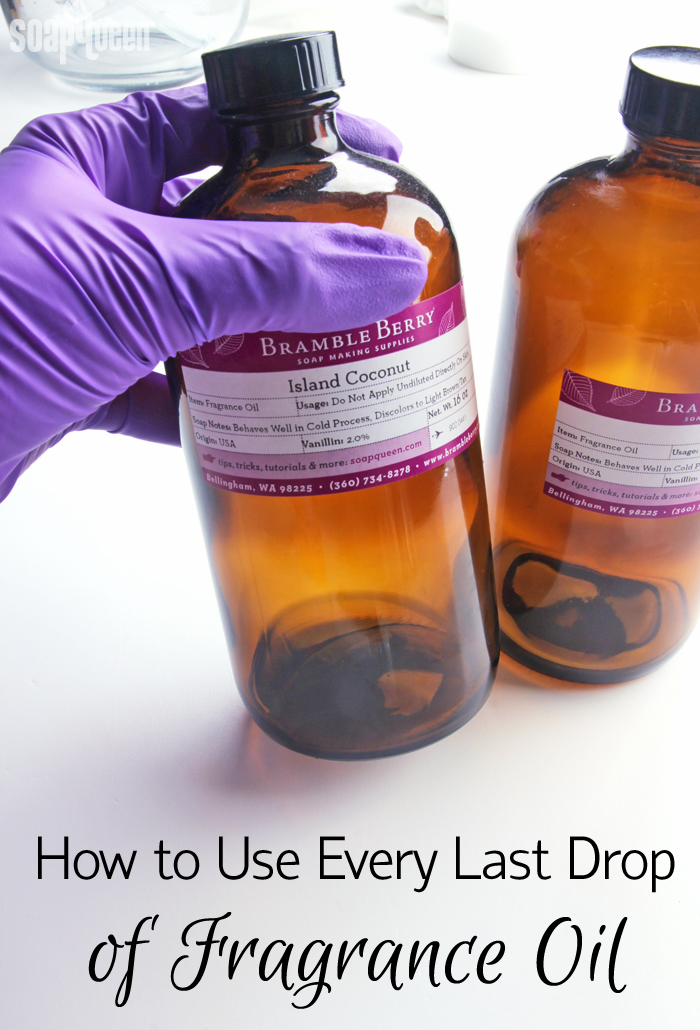
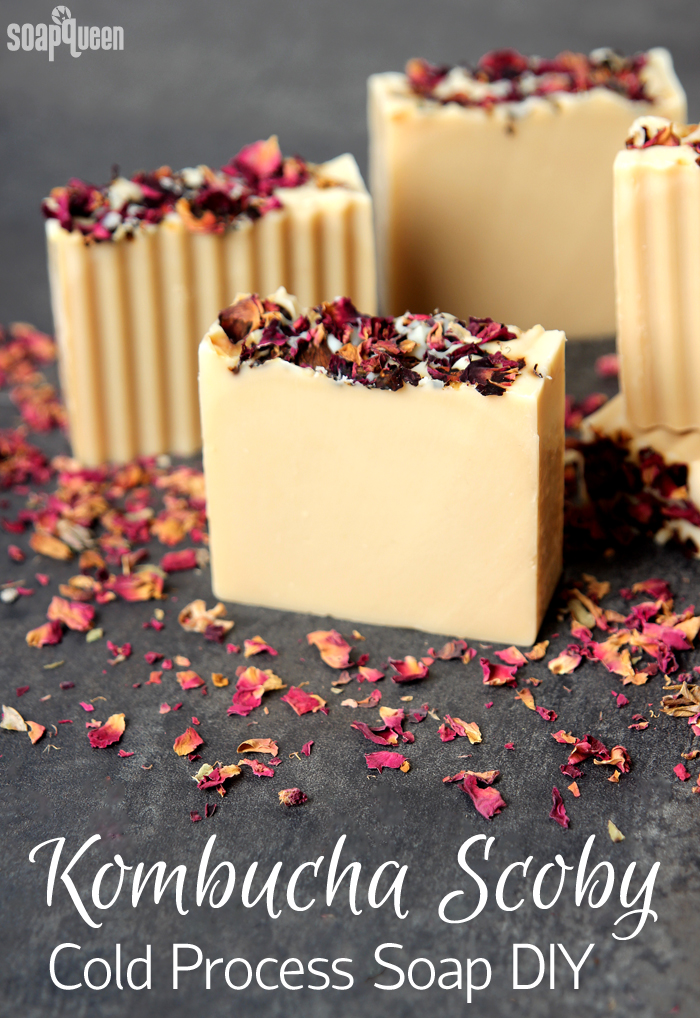
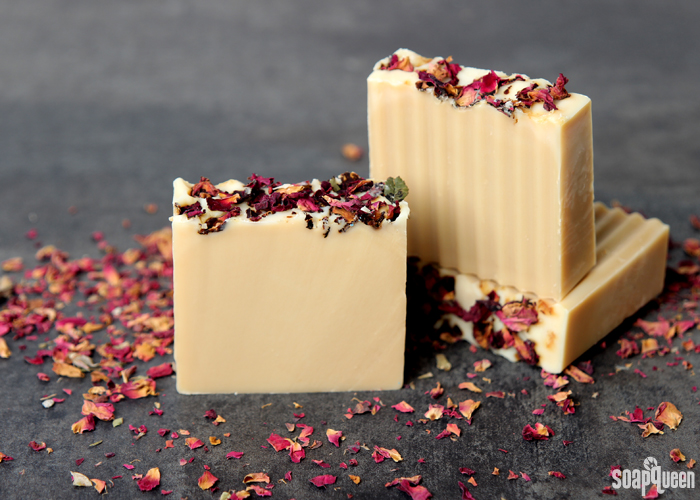
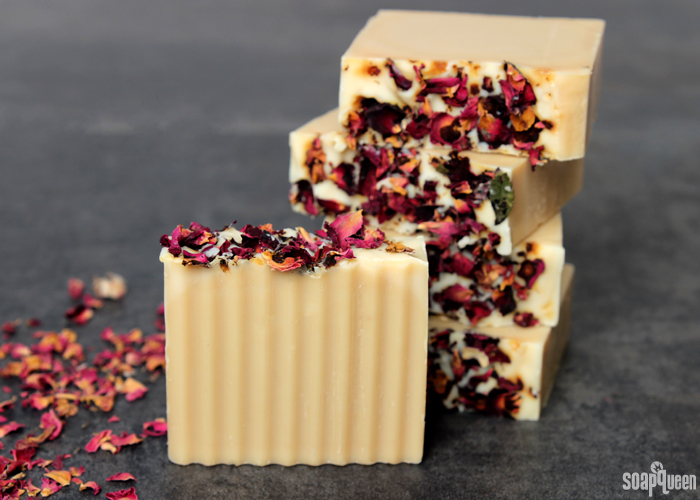
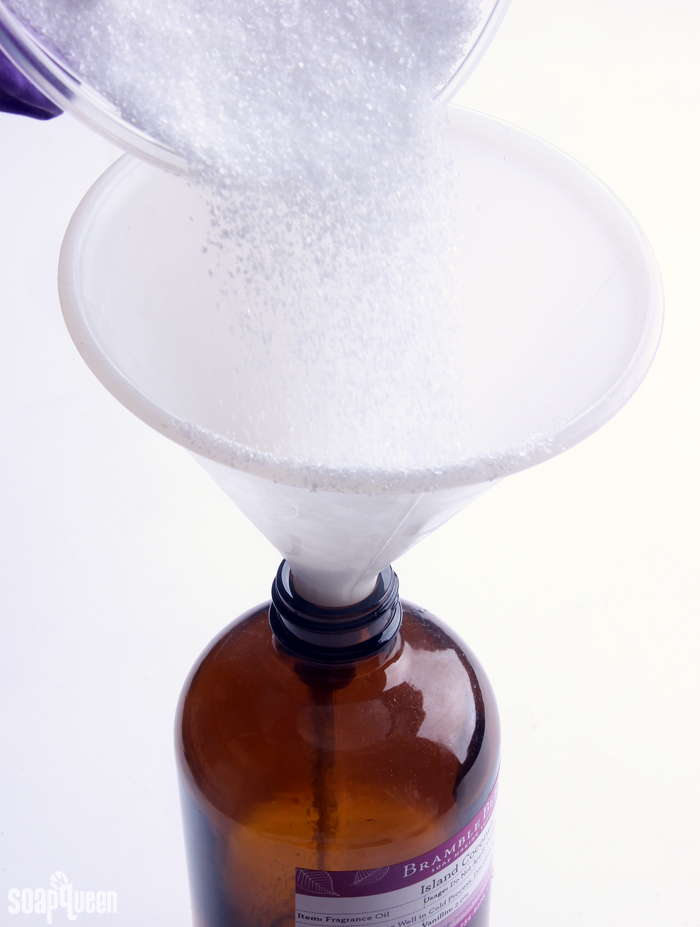 Pour the salt directly into the bottle to absorb the last few drops of oil.
Pour the salt directly into the bottle to absorb the last few drops of oil. 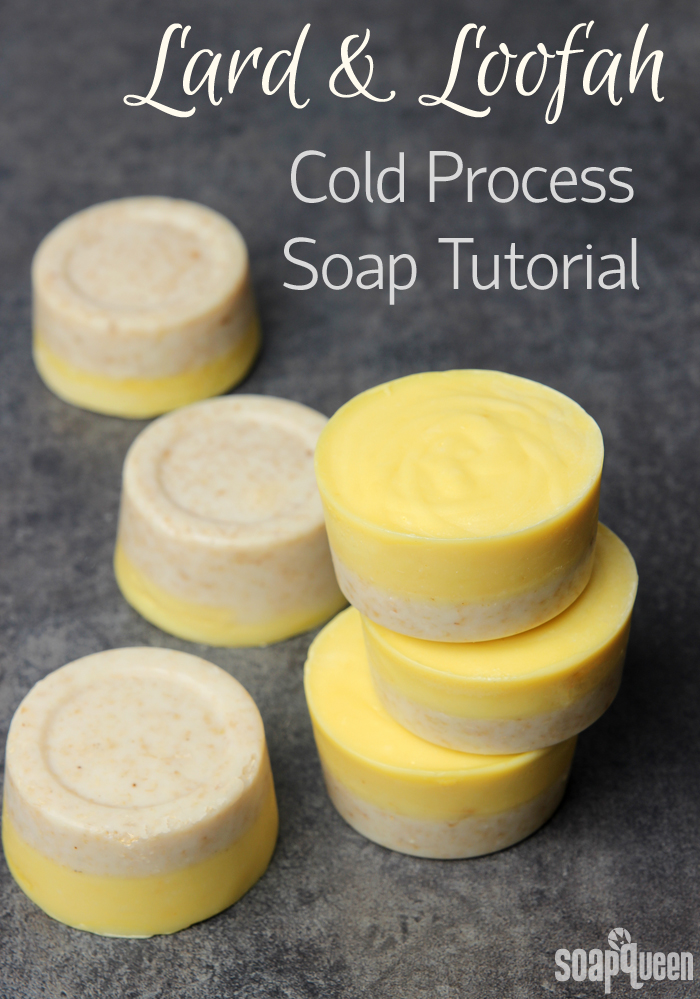
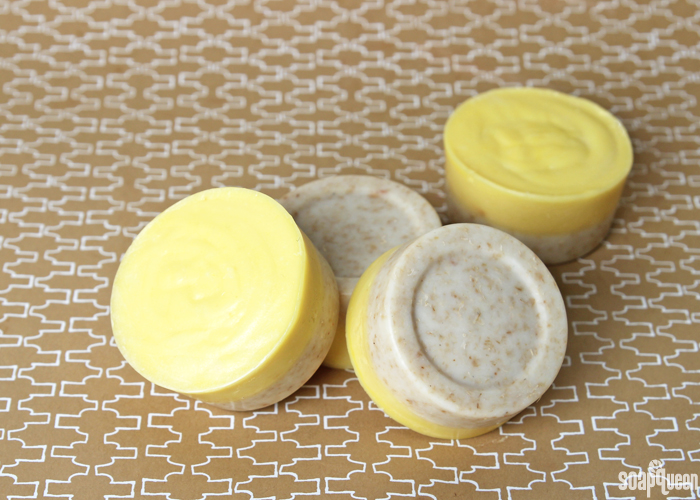
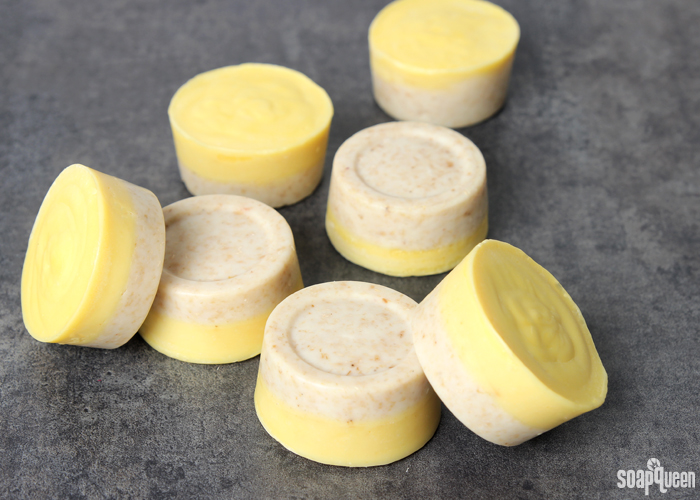
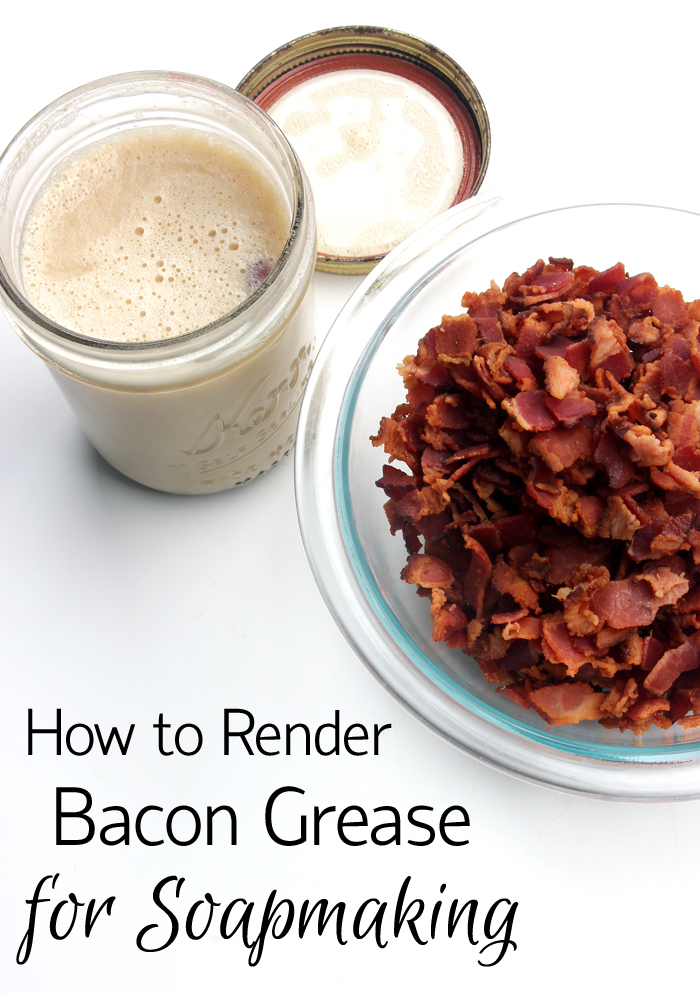
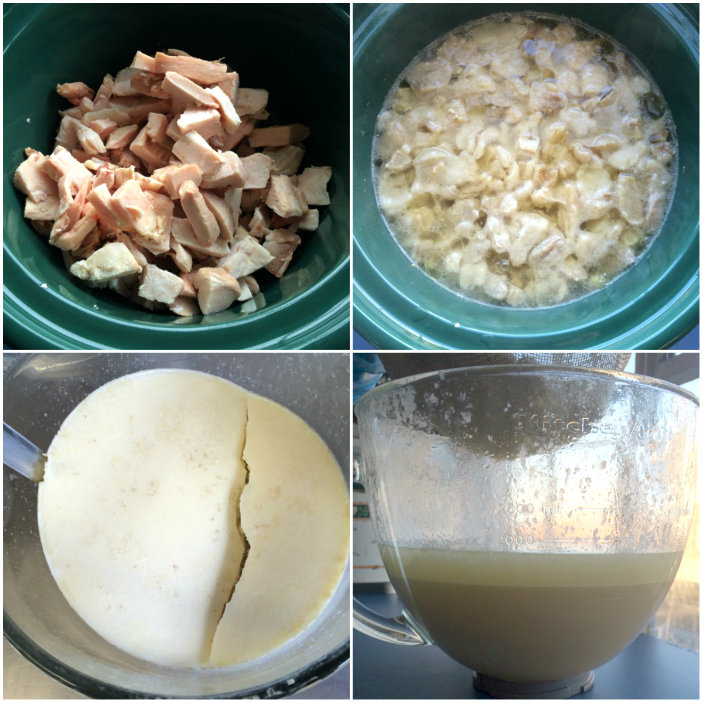
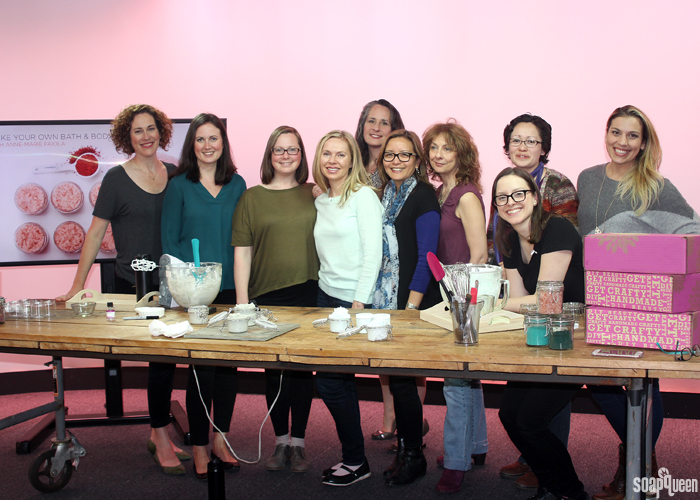 A few of the amazing Creative Live team members, the live studio audience and Courtney of
A few of the amazing Creative Live team members, the live studio audience and Courtney of 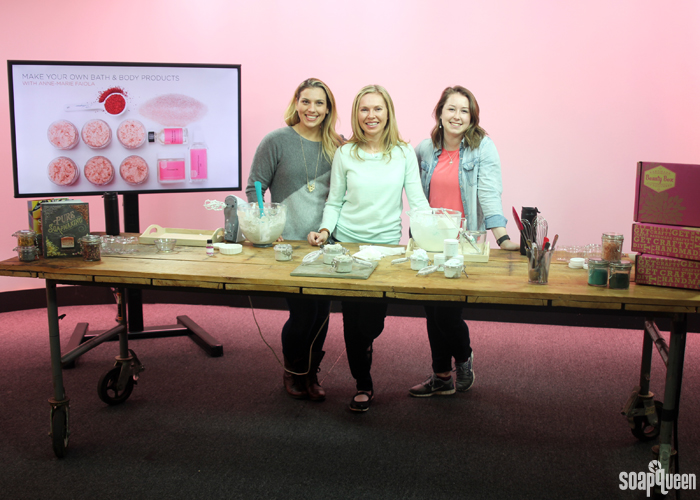 My A-Team: Courtney (far left), myself and Haley. These girls really rocked the entire setup!
My A-Team: Courtney (far left), myself and Haley. These girls really rocked the entire setup!